Rare and obscure, the Laforza is your $10K ticket to vintage SUV ownership
Whether it’s because Americans are seeking more versatility from their classics or simply are under the spell of decades of Canyanero-style advertising, older SUVs and trucks have become incredibly popular. The 1984–91 Jeep Grand Wagoneer was one of the first “comfort SUVs” to gain attention, sharply increasing in value in 2018. A few years later, Range Rover Classic values doubled, and the Toyota FJ80 Land Cruiser is following in its footsteps.
Feel that you’ve missed your chance to buy a comfortable, older SUV at an attainable price? Take comfort, because there is one you are forgetting: The Laforza. Infinitely more rare and half the price of the other options in its segment, a good Laforza can still be bought for around $10,000, even though values have doubled in the last year.
If you haven’t heard of the Laforza, don’t worry—no one did when they were new, either.
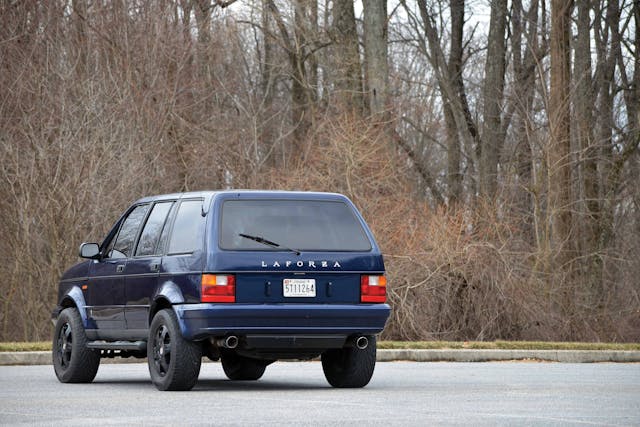
The Laforza started life in the mid-1980s as the Magnum, a Tom Tjaarda (he of De Tomaso Pantera fame)–designed SUV built by Rayton-Fissore, an offshoot of Italian Carrozzeria Fissore. The Magnum was marketed as a luxury SUV, a segment whose sole occupant, at the time, was the Range Rover.
Boasting Italian leather and an array of small, fuel-efficient engines (including turbodiesels), the SUV was tailored for the European market. In 1989, however, Rayton-Fissore began to eye the burgeoning SUV market in America. Since Americans weren’t as concerned about fuel economy, the company gifted the Magnum a V-8 and renamed it the Laforza. From 1985 to 2003, Rayton-Fissore built around 6000 Magnums, but only about 1200 of them were produced for the U.S.-market. That explains why you’ve never seen one.
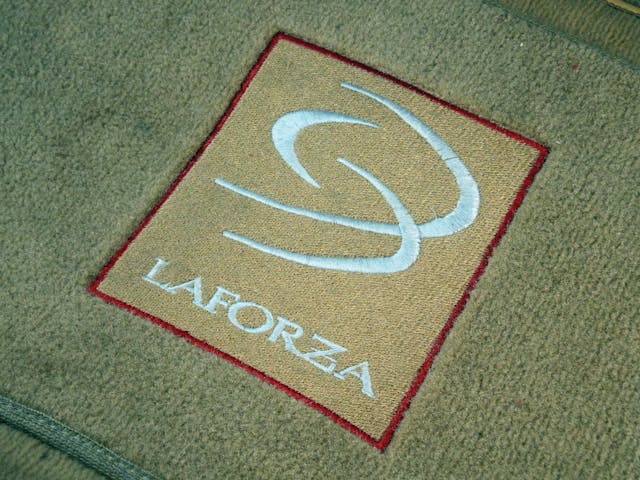
Similar to the arrangement with the contemporary Cadillac Allanté, the Laforza’s body and interior were finished by Pininfarina in Italy and then shipped to Detroit for final assembly, although Rayton-Fissore passed on the specially equipped transport-duty Boeing 747s. Once in America, the Laforza was given a Ford 5.0-liter V-8, a four-speed automatic transmission, and a high/low 4x4 transfer case from Chrysler.
In 1998, the Laforza received an updated 5.0-liter V-8 from the Explorer along with a more modern full-time 4WD system (albeit without low gears). An optional Eaton supercharger bumped out from 215 to 320 hp. Torque stood at a burly 350 lb-ft. Car and Driver managed to squeeze a sub-10 second 0-to-60-mph time and a (limited) 125-mph top speed. Not bad for a full-size SUV from the 1990s. Coming to a stop, on the other hand, took some planning, as the front disc and rear drum brakes lacked ABS.

What ultimately killed the Laforza wasn’t its performance—or lack thereof—but rather its cost and the obscurity of the badge on its hood. The base price was over $60,000 in 2000, and that was before the $7000 supercharger option. Adjusted for inflation, the Laforza cost Cadillac Escalade money. Critically, however, the Laforza could not boast Escalade status. The Laforza’s creators, who were ahead of their time in anticipating the demand for a luxurious plus-size SUV, couldn’t have known how much their audience would crave brand recognition and over-the-top styling. Can you imagine paying six figures for a vehicle no one has ever heard of, and then taking it to a Ford dealer for maintenance?
It didn’t help that the Laforza soldiered on into the 2000s without any major updates from the 1980s. The ride was incredibly stiff, thanks to a torsion-bar-sprung front and a leaf-spring rear suspension. It had the dubious distinction of being the last new vehicle offered in the United States without airbags. But there was some cool optional equipment, like a factory-installed radar detector built into the dash. In peak 1990s style, Laforza planned on building a limited "No Fear"–branded edition with four bucket seats, four-wheel disc brakes, and a $100,000 price tag.

That last fact I found on a Silicon Valley investment forum, which promoted Laforza stock as a good buy in 1999. It wasn’t. The Laforza struggled to take hold, even as luxury SUVs began dominating mall parking lots. Rayton-Fissore went through a couple restructurings before ultimately closing shop in 2003.
Today, ironically, the Laforza is a lot of car for the money. And I mean a lot of car. The Laforza was a monstrosity. At 79 inches wide, the Laforza was 9 inches wider than a Range Rover Classic. So wide that three full-sized adults can fit comfortably on the Laforza’s rear bench—and they each get a headrest! The 18-gauge steel body helped tip the scale at more than 5200 pounds.

The Italian leather and interior wood trim is of a higher quality that what you’ll find in a contemporary Range Rover, although the Fiat parts-bin switches remind you that Laforza was a boutique manufacturer that needed to cut corners. If you can forgive the large panel gaps, the styling remains handsome, if in an understated way. All told, not bad for $10,000.
On the spectrum of Italian-designed classics with an American powertrain, the Laforza sits closer to the Allanté than a Pantera or Iso Grifo. Perhaps this is why values only recently started rising. As the whole classic SUV segment has caught fire, though, collectors are starting to look for rare, undervalued, oddballs. The Laforza may yet have its day.

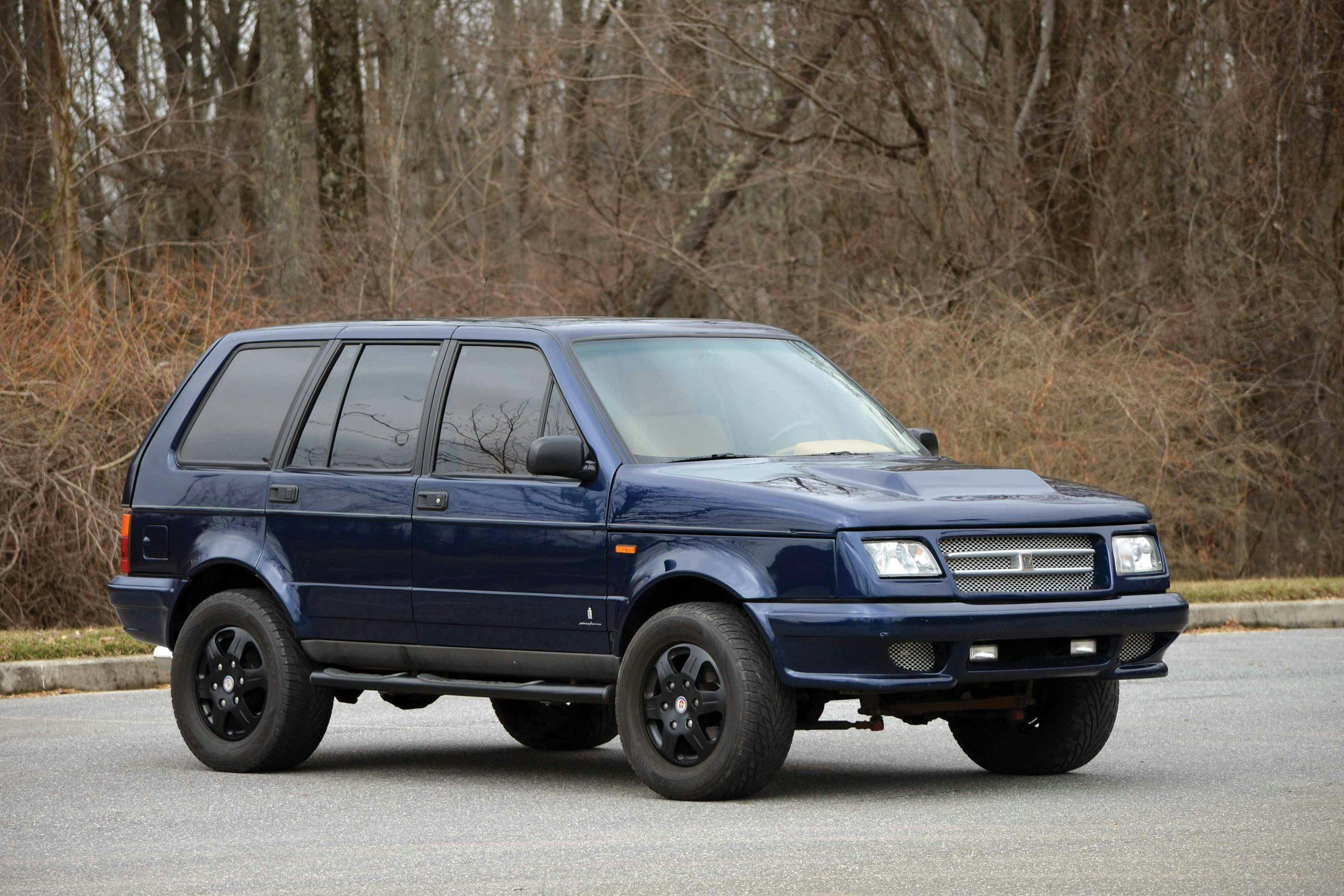
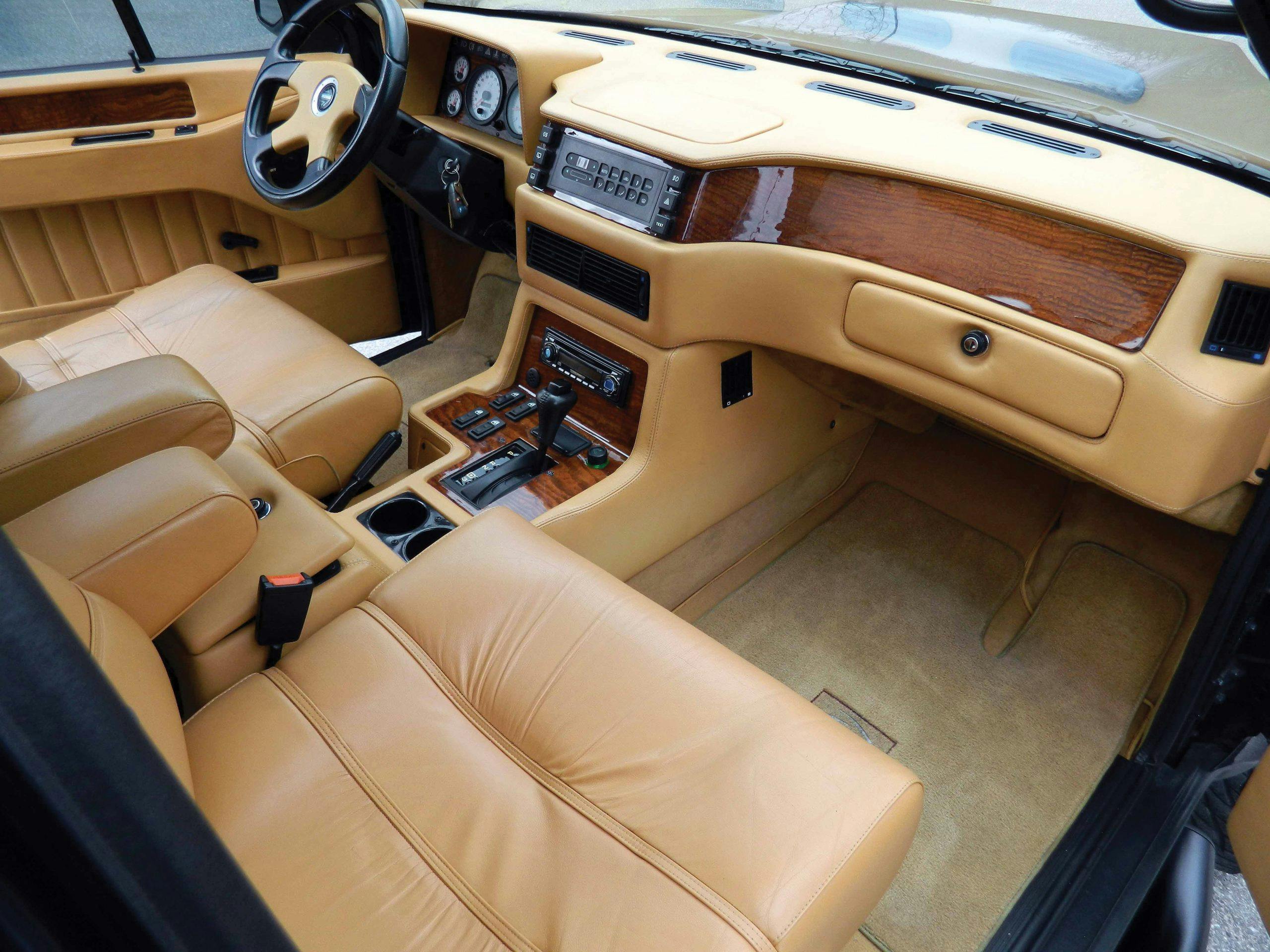
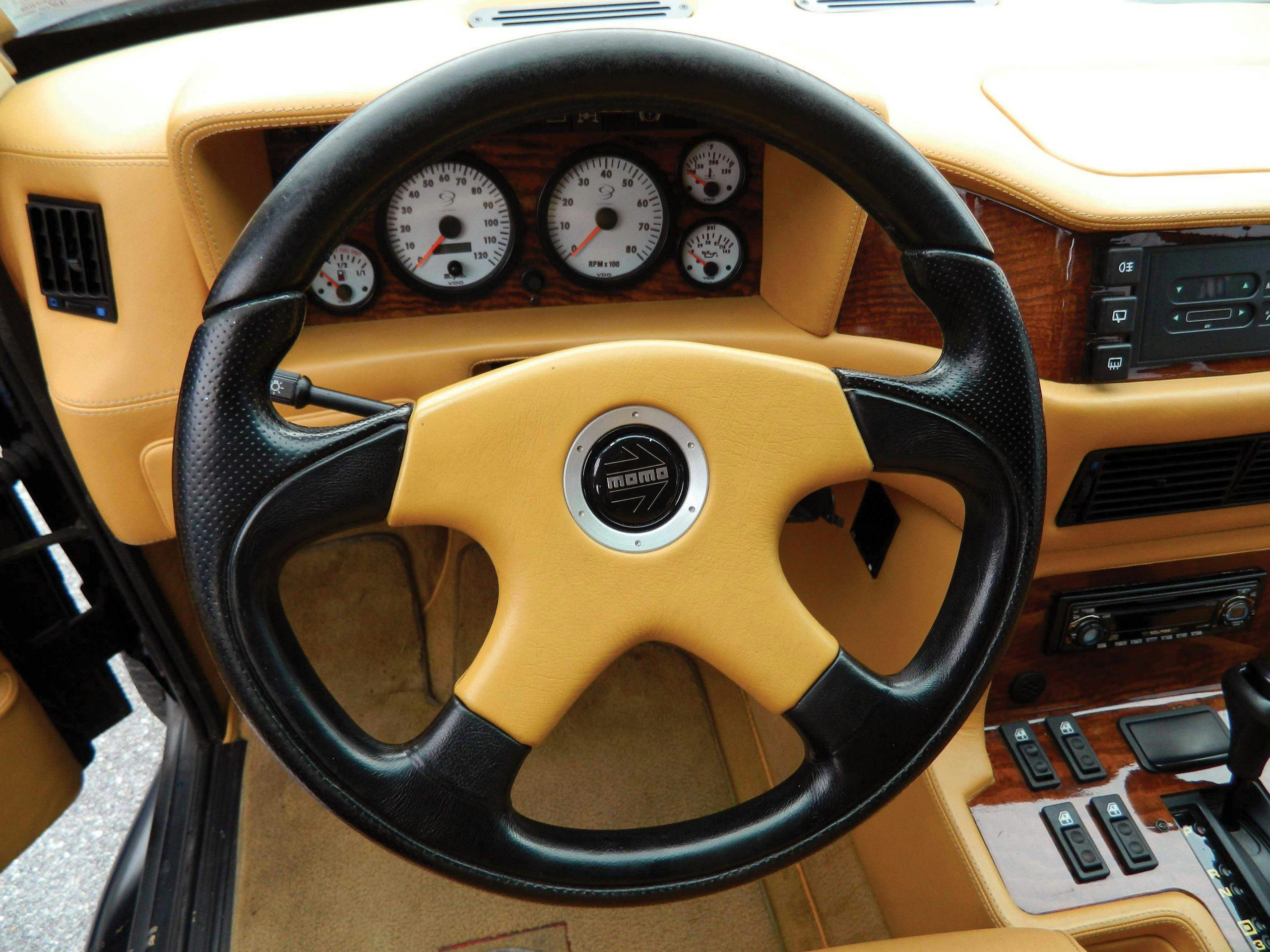
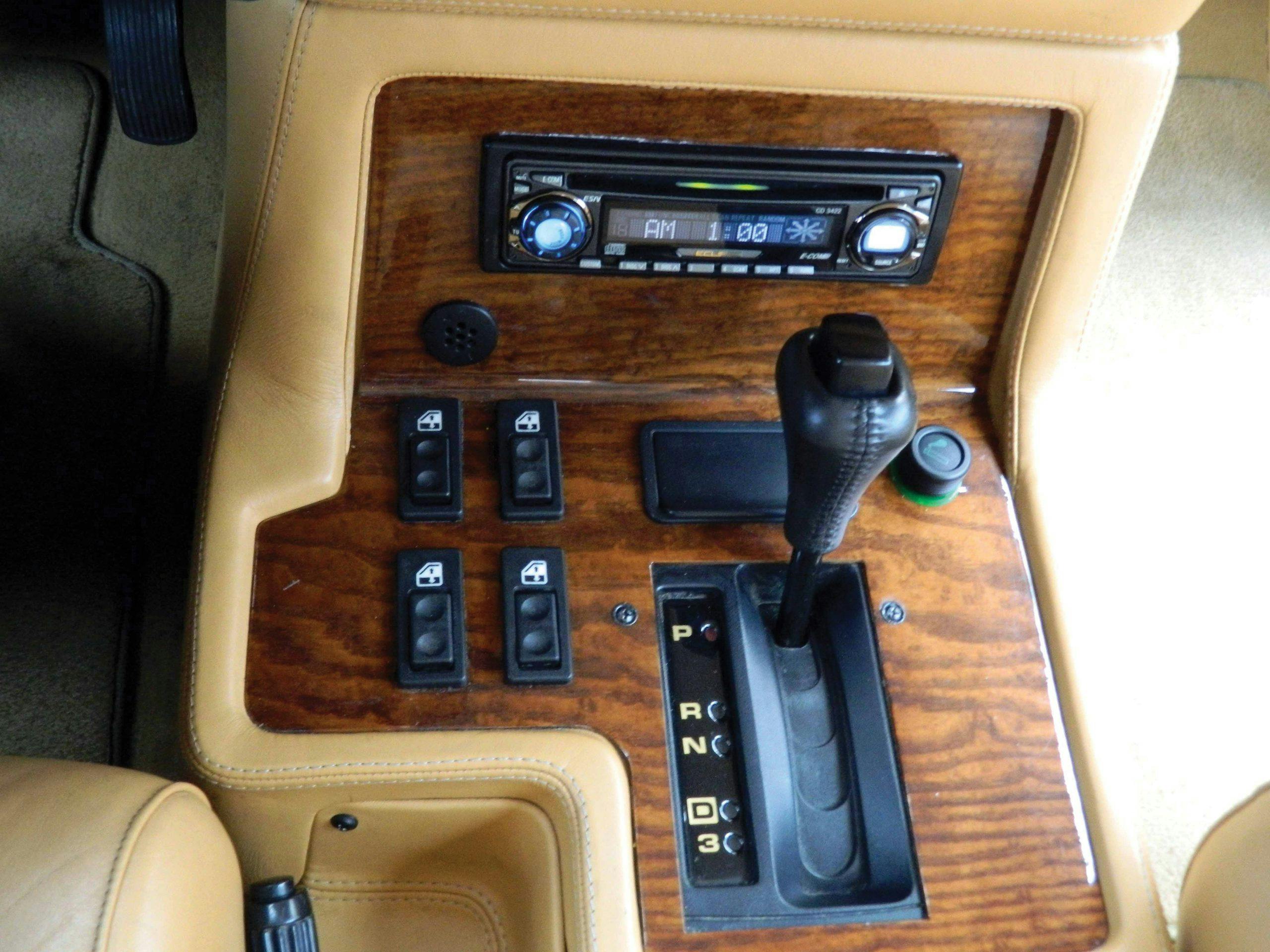
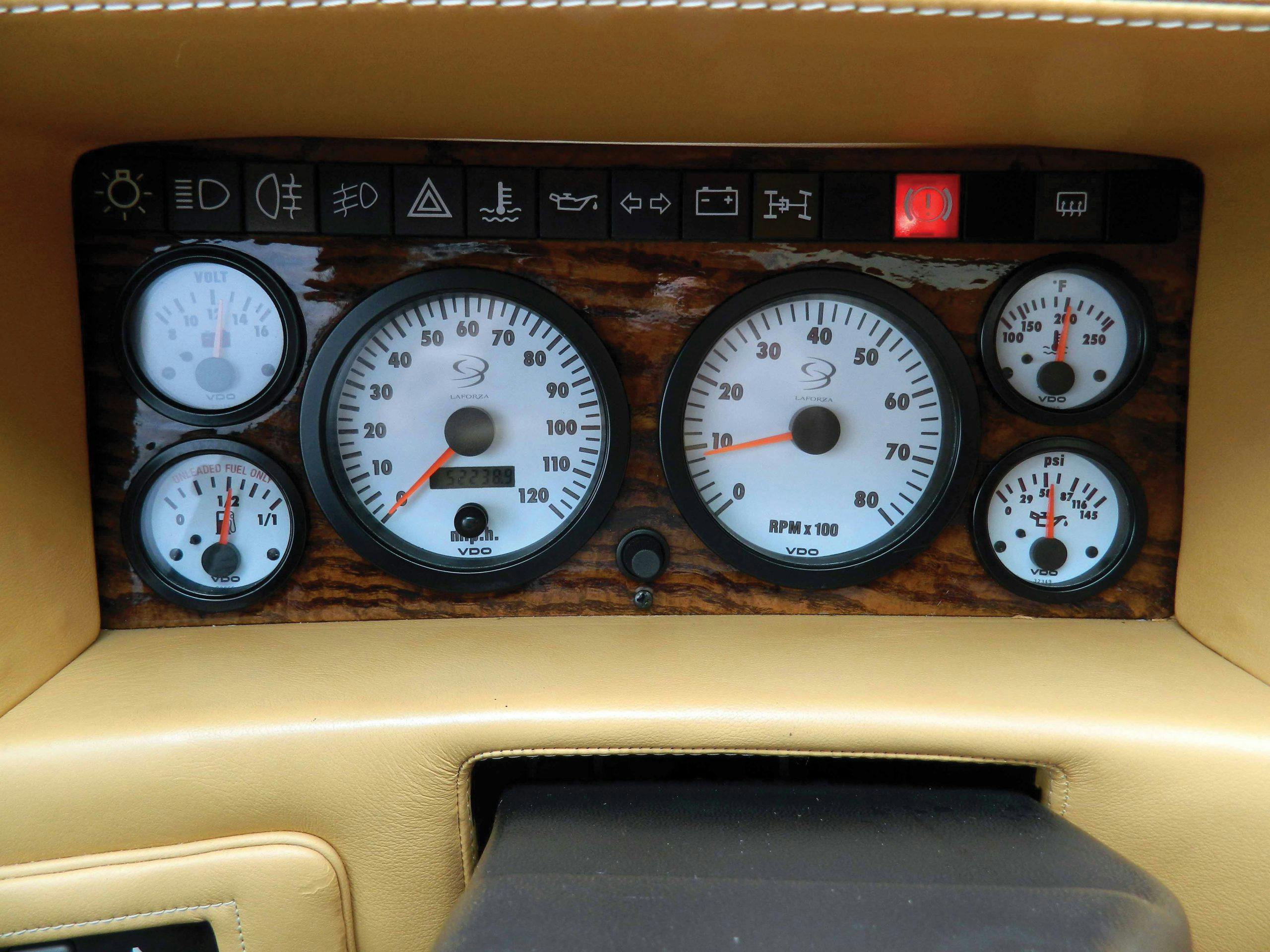
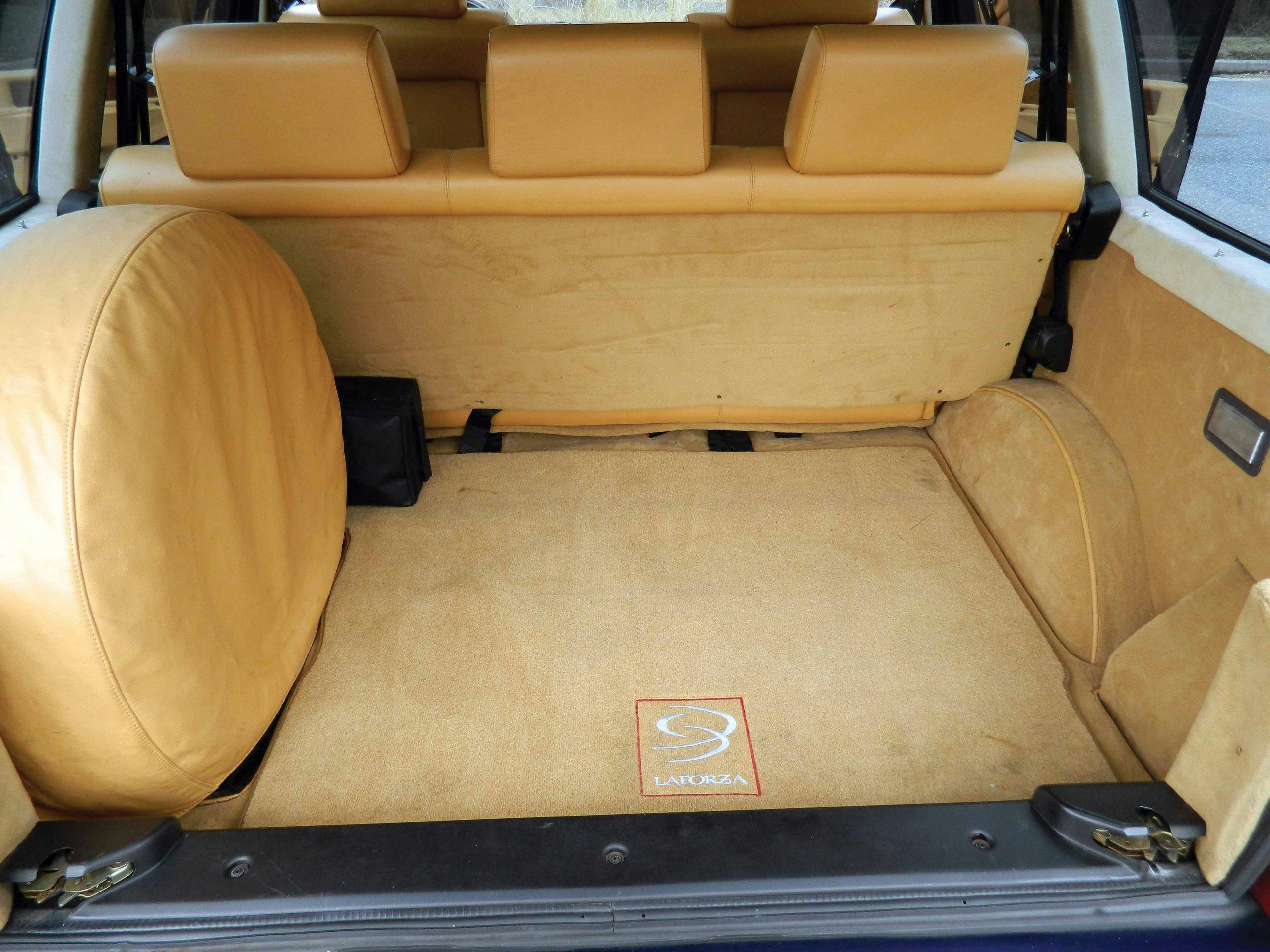


Is there any wat to estimate how many LaForza’s are still on the road in the US?